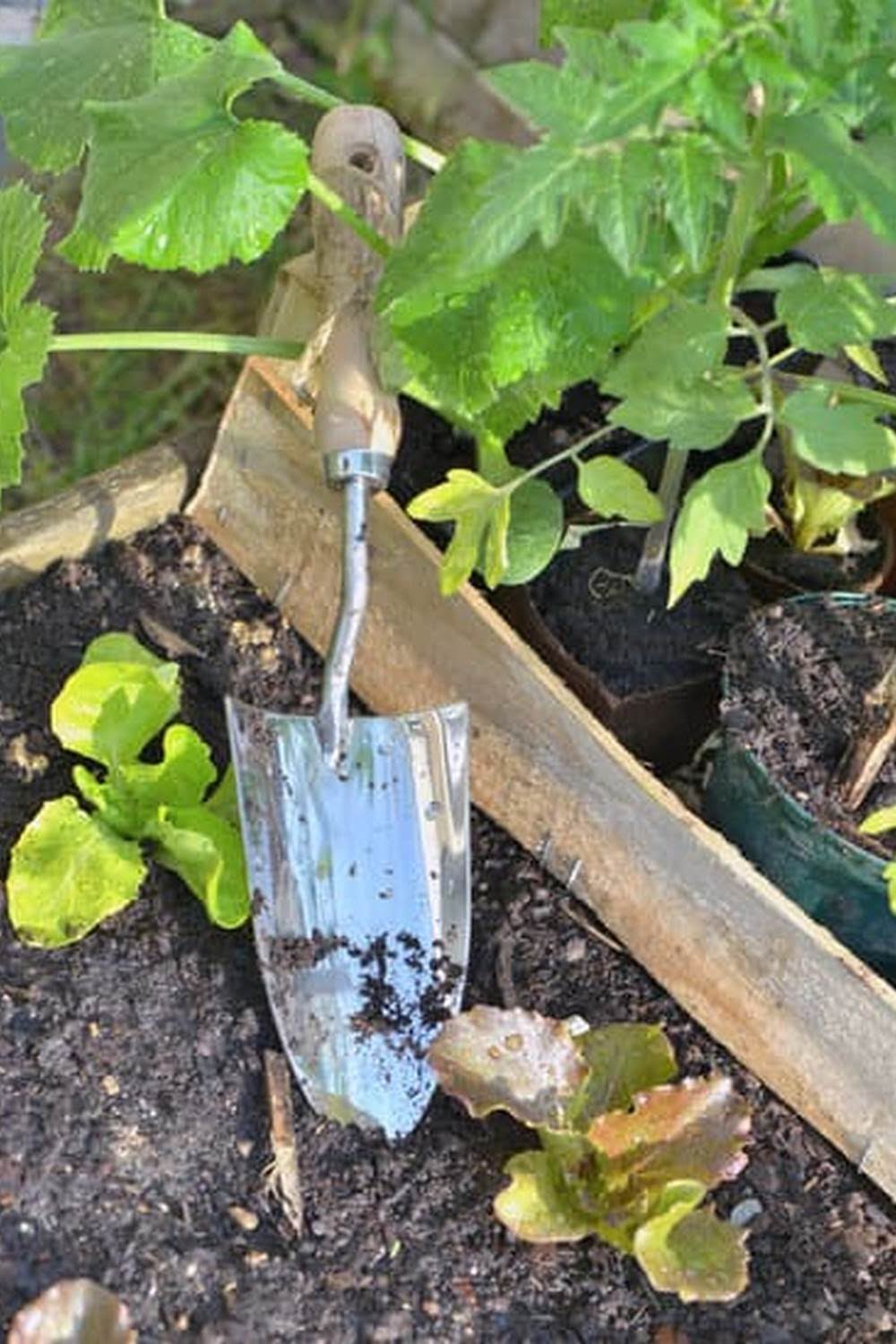How Often To Water Raised Bed Vegetable Garden
The frequency with which to water a raised bed vegetable garden depends on a variety of factors, including the type of soil, the weather, the size of the garden, and the plants’ watering needs. In general, though, most vegetable gardens need to be watered every other day in the summer, when the weather is hot and dry.
If the soil in your garden is sandy, it will need to be watered more often than if the soil is clayey, because sandy soil doesn’t hold water well. Likewise, if it’s hot and dry outside, your garden will need more water than if it’s cool and overcast. And finally, plants that need a lot of water, such as tomatoes, cucumbers, and zucchini, will need to be watered more often than plants that need less water, like carrots and beets.
There are a few ways to water a raised bed vegetable garden. One way is to use a garden hose to water the plants directly. Another way is to water the plants using a drip irrigation system. And finally, you can water the plants using a soaker hose.
No matter how you choose to water your garden, be sure to water it deeply, so that the water reaches the roots of the plants. If you only water the plants’ leaves, they will wilt and eventually die.
Starting Raised Vegetable Garden
In the spring, many people want to start a garden but don’t have the space or time to till and cultivate a large plot of land. A raised vegetable garden is a great option for these people. You can build a raised vegetable garden out of almost any material, but cedar is a good choice because it’s rot-resistant and insect-resistant.
To make a raised vegetable garden, first decide on the size. It’s best to make it at least 2 feet wide, so you can reach the middle from either side. Next, figure out how deep you want it to be. The minimum depth is 8 inches, but 12 inches is better. Now, figure out how long you want it to be. The length is up to you, but make sure to leave enough room on each end to access it easily.
Once you have these dimensions, you can start building the frame. Use 2x4s or other sturdy lumber to make the frame. If you’re using cedar, you don’t need to seal the wood, but if you’re using another type of wood, you’ll need to seal it with a waterproof sealant.
Once the frame is built, you can start filling it in with soil. You can either buy soil from a garden center or make your own. To make your own, mix one part organic matter (compost, manure, leaves, etc.) with two parts soil.
Now, it’s time to plant your vegetables! Choose vegetables that do well in raised gardens, such as tomatoes, peppers, cucumbers, beans, and peas. Be sure to read the planting instructions that come with your vegetables, since some vegetables need more sun or water than others.
If you’re not sure what to plant, or if you want to plant a variety of vegetables, you can use a raised vegetable garden kit. These kits come with everything you need, including seeds, soil, and instructions.
A raised vegetable garden is a great way to get started gardening, even if you don’t have a lot of space. It’s also a great way to garden if you have a brown thumb, since the soil is already enriched and you don’t have to worry about weeds or pests.
Giantex Raised Vegetable Garden 3 Tier
Planter
Do you want to enjoy fresh vegetables all year round, but don’t have the space or time to garden? The Giantex Raised Vegetable Garden 3 Tier Planter is the perfect solution! This sturdy garden stand is made of heavy-duty plastic and can hold up to 44 pounds of soil or plants. The three tiers are perfect for growing a variety of vegetables, and the included drainage holes keep your plants healthy and hydrated. Assembly is easy – simply snap the tiers together and you’re ready to go!
If you’re looking for an easy and efficient way to garden, the Giantex Raised Vegetable Garden 3 Tier Planter is the perfect solution. Buy yours today and start enjoying fresh, homegrown vegetables all year round!
Raised Vegetable Garden Design Ideas
If you’re like most people, you probably think of your backyard as a place to relax and enjoy the outdoors. But what if you could also use it to grow your own fruits and vegetables? A raised vegetable garden can be a great way to get started.
There are a few things to consider when designing your raised vegetable garden. The most important is the soil. You’ll want to make sure the soil is loose and well-drained, so the vegetables can grow healthy and strong. You can buy soil mix or create your own by adding compost or manure to the soil.
Once you have the soil sorted out, you need to decide on the layout of your garden. You’ll want to choose a spot that gets plenty of sunlight. If you’re limited on space, you can use a raised bed to maximize the amount of vegetables you can grow.
When designing your garden, be sure to think about the types of vegetables you want to grow. Some vegetables, like tomatoes, need plenty of space to grow, while others, like lettuce, can be grown in small spaces.
Once you’ve decided on the layout of your garden, it’s time to start planting! Be sure to follow the instructions that come with your soil mix, and keep an eye on the vegetables as they grow. watering and fertilizing as needed.
With a little bit of planning, you can have a beautiful and productive raised vegetable garden in your backyard.
How To Lay Out A Raised Vegetable Garden
A vegetable garden is a great way to get fresh, organic produce right in your backyard. But if you’re not careful, you could end up with a big, ugly mess. Here’s how to lay out your raised vegetable garden so it looks great and is easy to maintain.
1. Decide on a location. The best place for a raised vegetable garden is in a sunny spot with good drainage. If you have a choice, orient the garden so that it faces south or east to take advantage of the sun’s rays.
2. Mark out the dimensions of the garden. Use a garden hose or stakes and string to mark out the boundaries of your garden.
3. Dig a trench. The trench should be about 8-10 inches deep and should be wide enough to accommodate the size of your garden boxes.
4. Add some compost or manure to the trench. This will help improve the soil’s fertility and drainage.
5. Place the garden boxes in the trench. Make sure the boxes are level and that the seams are aligned.
6. Fill in the trench around the garden boxes with soil. Compact the soil so it is firm around the boxes.
7. Add a layer of mulch to the garden. This will help keep the soil moist and will also help suppress weed growth.
Your raised vegetable garden is now ready to be planted!

If you’re looking to get into vegetable gardening, or are just looking for some tips on how to make your current garden better, then you’ve come to the right place! My name is Ethel and I have been gardening for years. In this blog, I’m going to share with you some of my best tips on how to create a successful vegetable garden.





